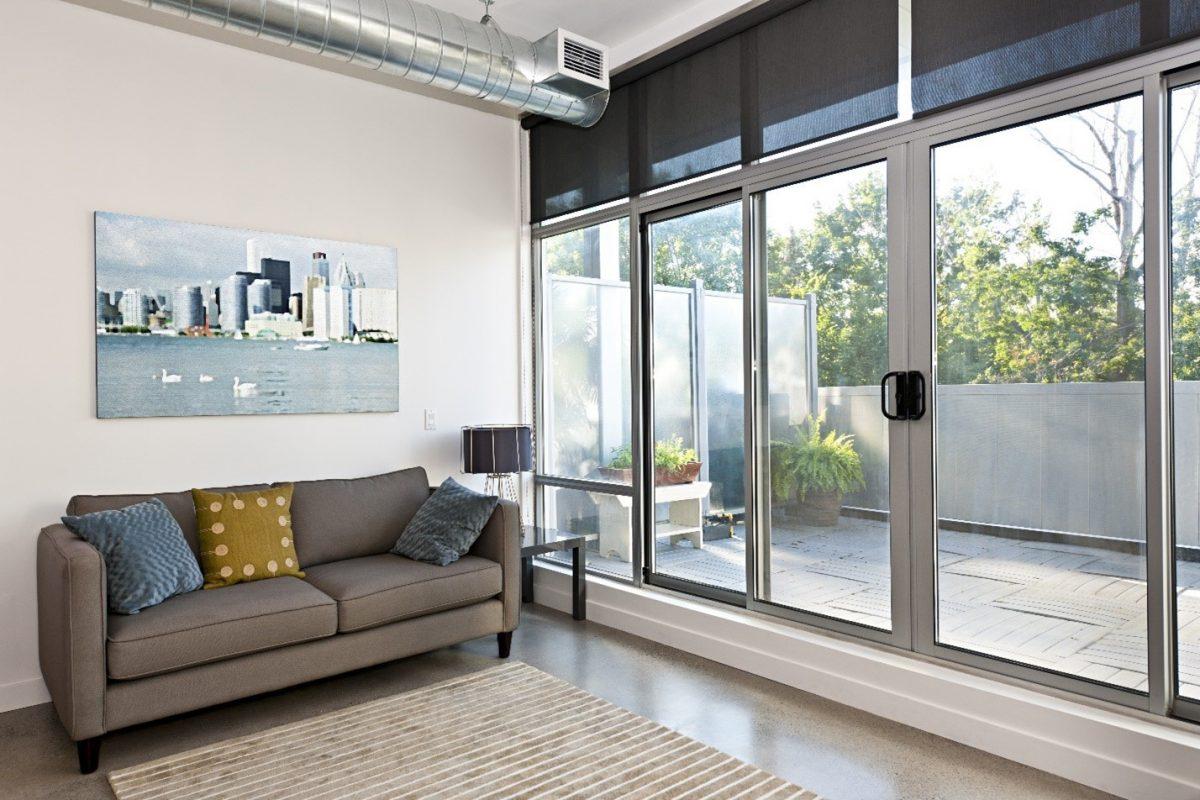Essential Steps to Ready Your Space for Air Conditioner Installation

Installing a new air conditioner is a major upgrade — one that can dramatically improve your comfort and quality of life at home. But to get the best performance from your investment, some preparation is essential. Setting up your space correctly before installation helps ensure everything runs smoothly, saving you time, avoiding unexpected issues, and setting your unit up for energy-efficient operation.
Let’s walk through the key steps to help you get your home ready for an air conditioner. Whether you’re upgrading an old unit or starting fresh, this guide will walk you through how to prepare your home thoughtfully and effectively.
Assessing Your Current Setup
Before installation day, take a good look at your current setup. Every home is different, so it’s important to understand how your space and existing systems match up with your new unit. Start with the basics: Do you have enough space? Are your power outlets and ductwork in the right locations?
Check the power requirements for your new air conditioner — is it 110 volts, 220 volts, or does it need a dedicated circuit? Having this figured out ahead of time prevents electrical overloads and delays. Also, assess whether any structural adjustments might be needed — for example, modifying a window or opening up a wall. These are best handled early on.
It’s also wise to have your home’s airflow and ventilation reviewed. A licensed technician can help ensure that cool air will circulate efficiently throughout your home once the new unit is installed.
Ensuring a Solid Foundation
If your system includes an outdoor unit, choosing the right location and preparing a stable base for it is critical. An uneven or unstable foundation can cause excessive vibration, which leads to more noise and potential wear and tear over time.
Consider installing a concrete pad or brackets to keep the unit level and protected. Choose a location that’s shaded and well-ventilated, away from high-traffic areas or children’s play zones. Avoid placing it in direct sunlight if possible, as that can force your air conditioner to work harder than necessary.
And don’t forget drainage — make sure water runoff from the unit flows away from your home’s foundation. Pooling water can cause long-term issues, so think ahead and manage moisture control from the start.
Preparing Interior Spaces
Inside your home, clear the area where the air conditioner will be installed. Move furniture, valuables, and anything else that could get in the way or collect dust during the process. Giving your installer easy access helps the job go faster and reduces the risk of accidental damage.
This is also a great time to evaluate your home’s insulation. Proper insulation keeps the cool air in and the hot air out, helping your new system run efficiently. If your home is older or hasn’t been upgraded in a while, adding insulation could lead to better performance and lower energy bills.
Lastly, secure or tidy up any loose cables or wires. Not only does this make the space safer and more organised, but it also makes future maintenance easier and hassle-free.
Optimising Electrical Connectivity
Air conditioners are power-hungry appliances, and they need to be connected to the right kind of circuit to perform safely and effectively. Depending on the unit you’ve chosen, you may need a dedicated circuit or a specific voltage setup. This is where a qualified electrician is your best ally.
Have them check your current wiring to make sure it meets today’s safety standards. If your electrical system is outdated, it may require an upgrade before installation. You might also consider adding surge protection — this small investment helps protect your new unit from voltage spikes, ensuring long-term performance and peace of mind.
Collaborating with Professionals
While there’s plenty you can do to prepare, working with licensed HVAC professionals ensures your installation meets all technical and legal requirements. These experts can spot potential issues early and help you avoid common pitfalls.
When choosing a technician, ask about their certification, experience with your specific system, and the warranties they offer. Also, be sure they’re familiar with any permits or approvals needed in your area — professional installers will typically handle this paperwork for you.
Their insight not only ensures a smoother installation but can also make a big difference in the performance and lifespan of your unit.
Final Thoughts: Set the Stage for Long-Term Comfort
Preparing your space properly before installing an air conditioner makes all the difference. From evaluating your current layout to securing a solid foundation, updating insulation, and checking your electrical systems, every step plays a part in ensuring your new system runs smoothly from day one.
So, as you get your home ready for an air conditioner, take the time to plan ahead. With a little forethought and the right expert support, you’ll be rewarded with a cooler, more comfortable home — and a more efficient, longer-lasting air conditioning system.
Let each step be an investment in long-term comfort. Your future self will thank you.


 Kdraydink: Unraveling the Fascinating Evolution and Cultural Impact
Kdraydink: Unraveling the Fascinating Evolution and Cultural Impact  Cute00kiara: The Rise of a Digital Star
Cute00kiara: The Rise of a Digital Star  Tayfay1234: The Future of Online Identity
Tayfay1234: The Future of Online Identity